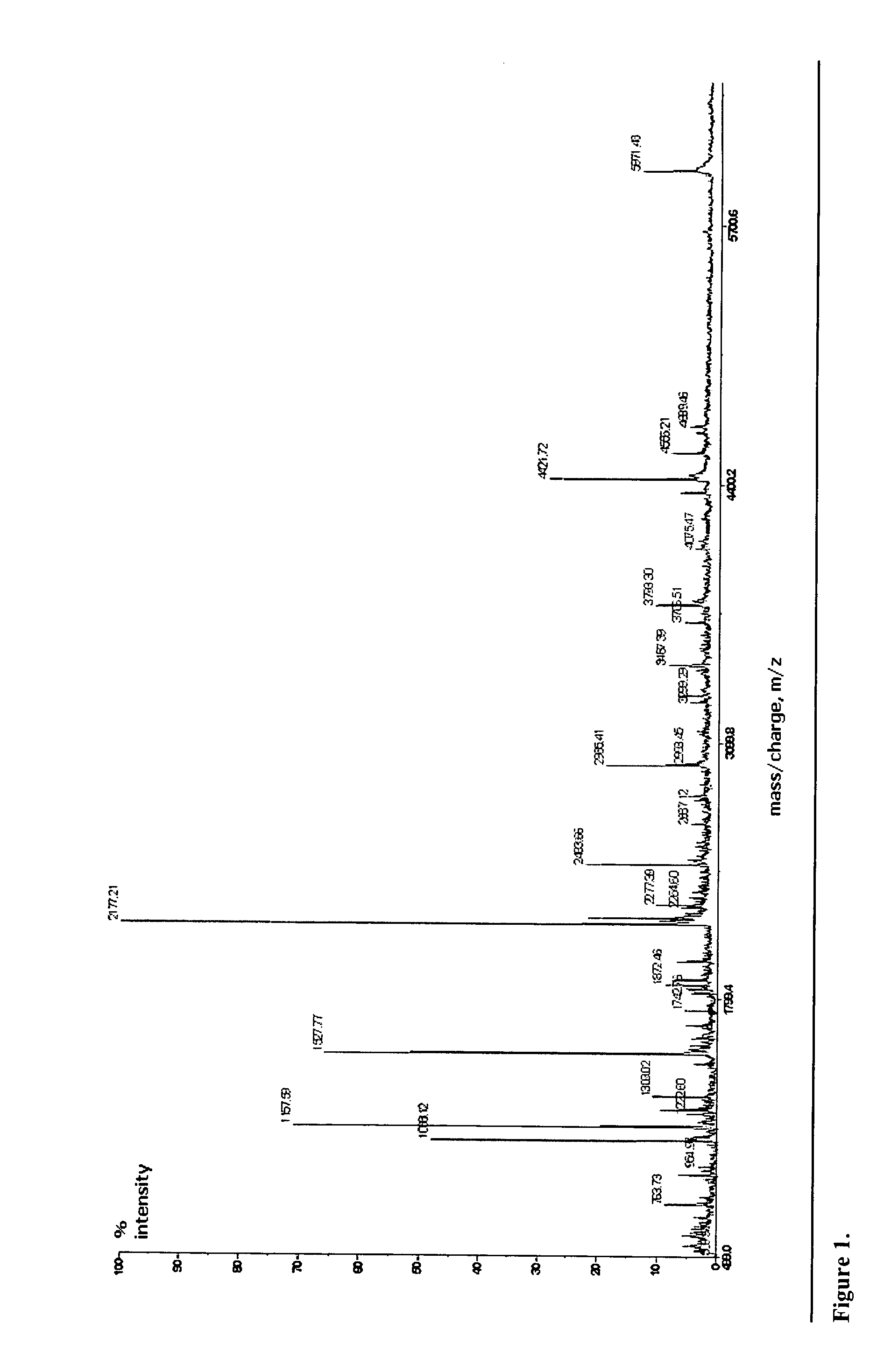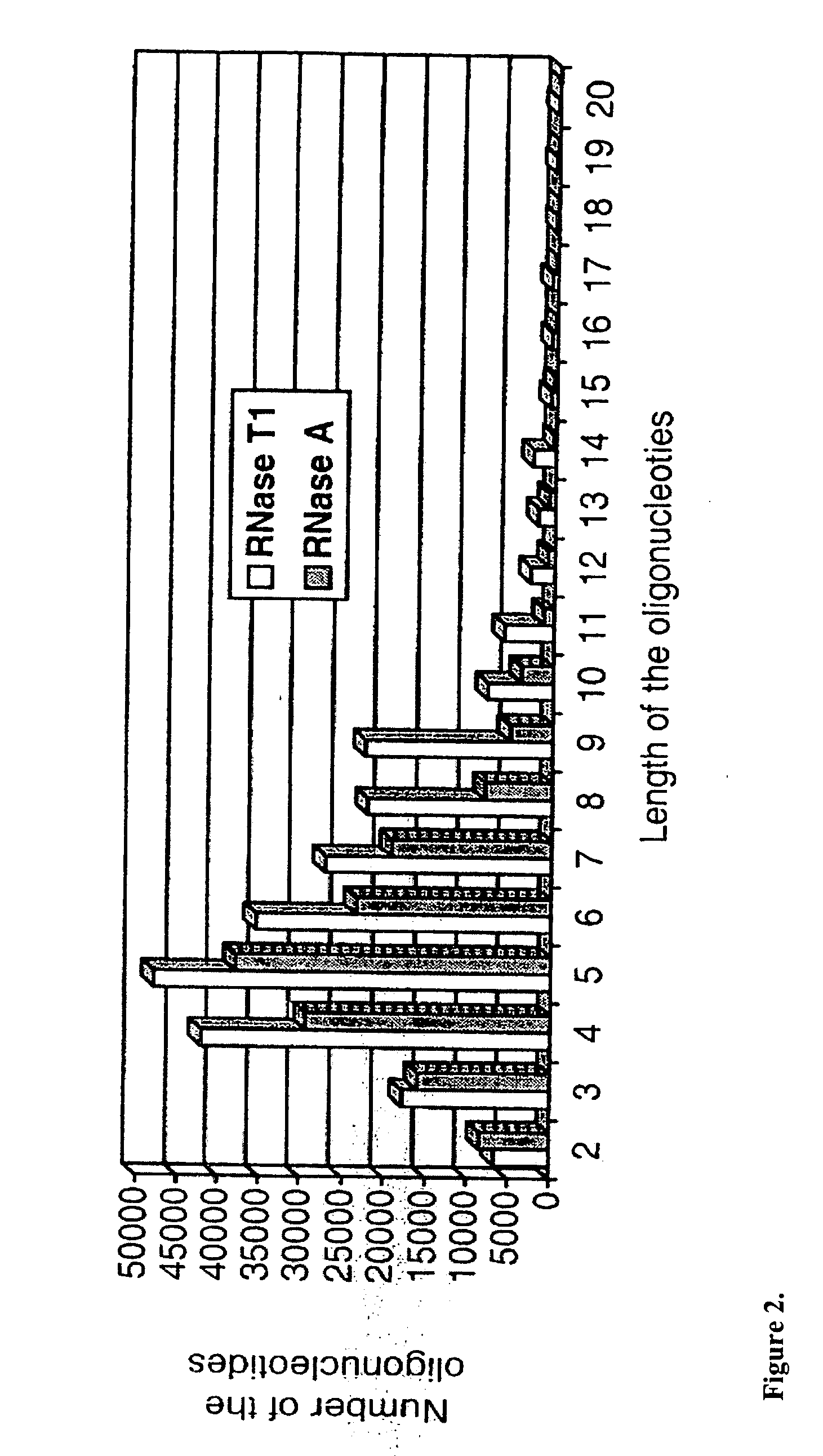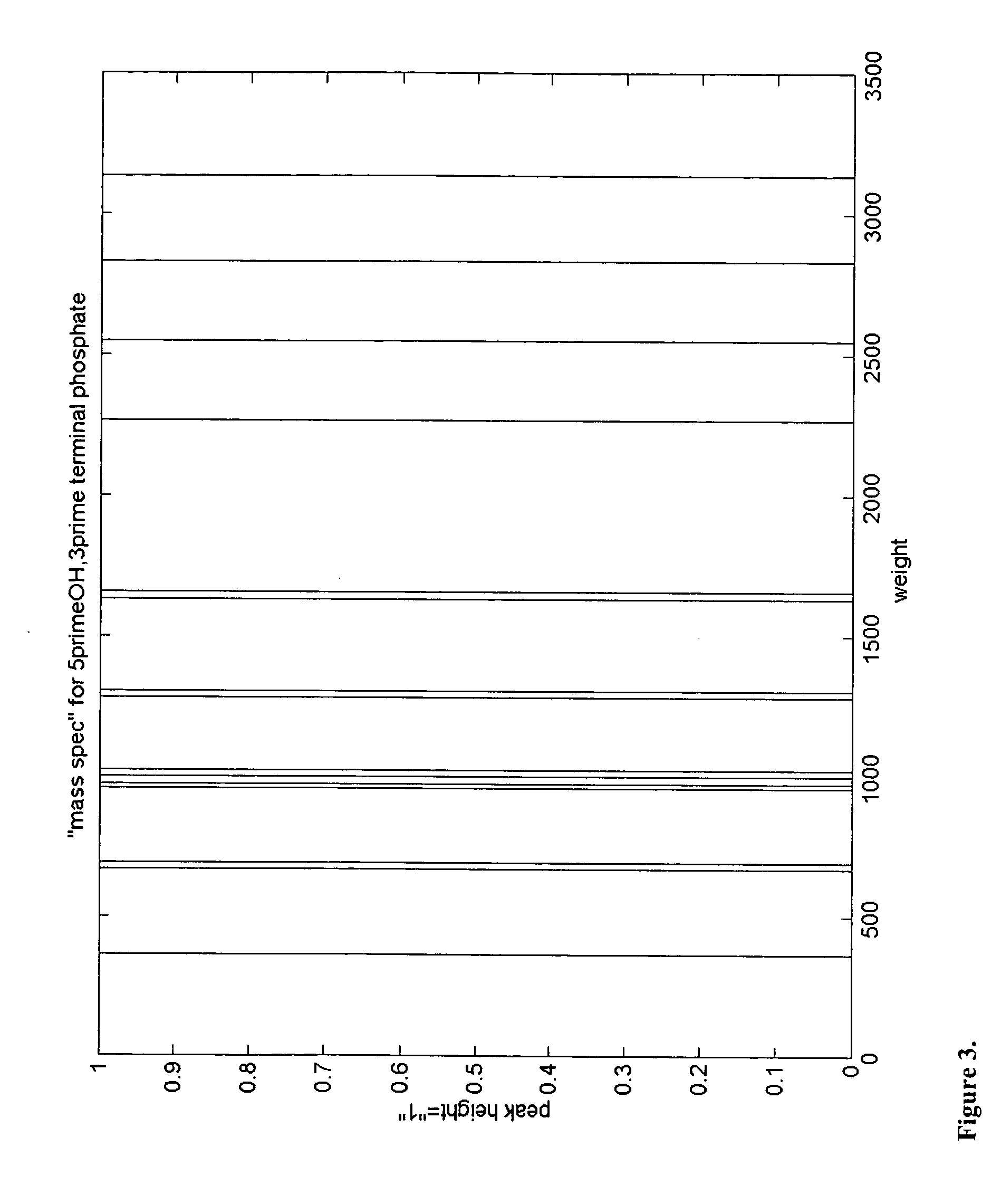Microbial identification based on the overall composition of characteristic oligonucleotides
a technology of characteristic oligonucleotides and microbial identification, which is applied in the field of microbial identification based on the overall composition of characteristic oligonucleotides, can solve the problems of time-consuming and labor-intensive capillary electrophoresis sequencing methods, inconvenient field use, and inability to accurately identify organisms. , to achieve the effect of facilitating identification or classification of minority organisms, speeding up the identification speed and accuracy of organism
- Summary
- Abstract
- Description
- Claims
- Application Information
AI Technical Summary
Benefits of technology
Problems solved by technology
Method used
Image
Examples
Embodiment Construction
[0026] Detailed descriptions of the preferred embodiment are provided herein. It is to be understood, however, that the present invention may be embodied in various forms. Therefore, specific details disclosed herein are not to be interpreted as limiting, but rather as a basis for the claims and as a representative basis for teaching one skilled in the art to employ the present invention in virtually any appropriately detailed system, structure or manner.
[0027] The present invention encompasses, among other things, any system which: [0028] 1) systematically samples a bacterial or viral population [0029] 2) isolates or selectively amplifies a nucleic acid molecule [0030] 3) performs mass-spectrometric analysis of the characteristic compositions rendered from some enzymatic or chemical fragmentation or selective amplification of the nucleic acid. [0031] 4) Compares the resulting fragment compositions with those of signature sequences predicted from sequence database information [0032...
PUM
| Property | Measurement | Unit |
|---|---|---|
| Fraction | aaaaa | aaaaa |
| Electrical conductance | aaaaa | aaaaa |
| Electrical conductance | aaaaa | aaaaa |
Abstract
Description
Claims
Application Information
 Login to View More
Login to View More - R&D
- Intellectual Property
- Life Sciences
- Materials
- Tech Scout
- Unparalleled Data Quality
- Higher Quality Content
- 60% Fewer Hallucinations
Browse by: Latest US Patents, China's latest patents, Technical Efficacy Thesaurus, Application Domain, Technology Topic, Popular Technical Reports.
© 2025 PatSnap. All rights reserved.Legal|Privacy policy|Modern Slavery Act Transparency Statement|Sitemap|About US| Contact US: help@patsnap.com



